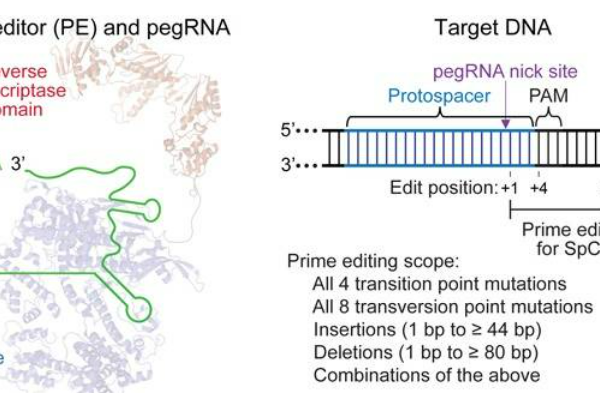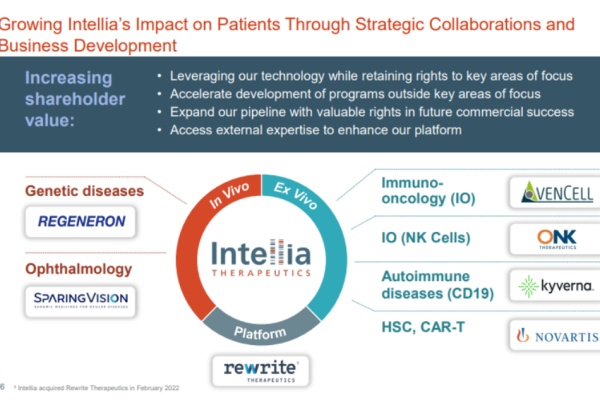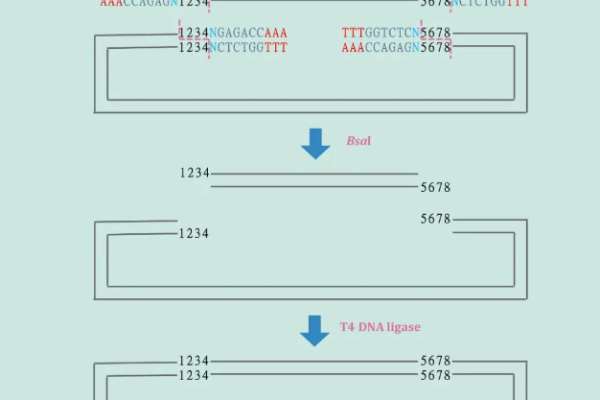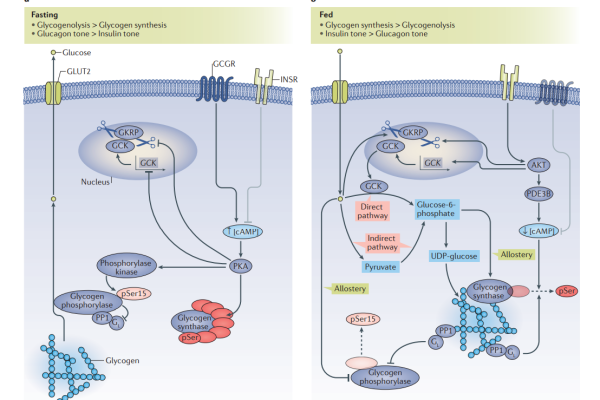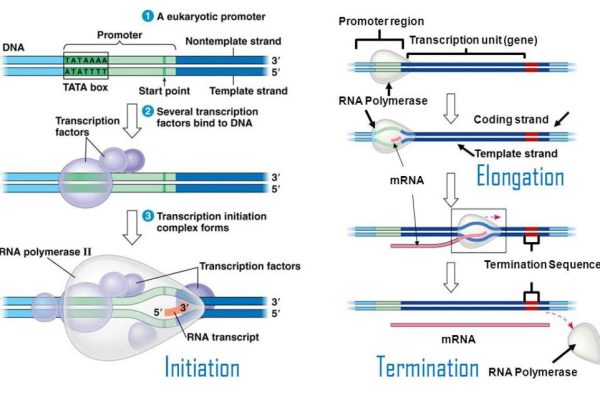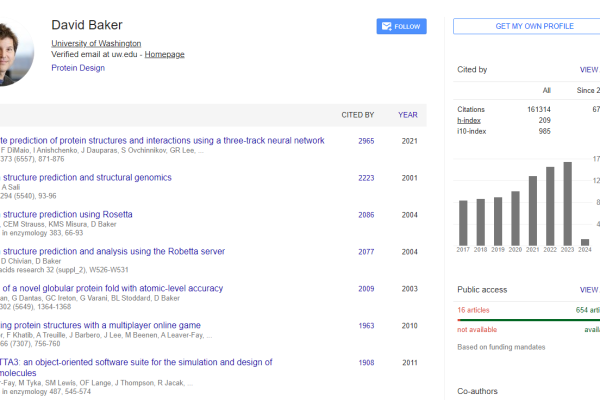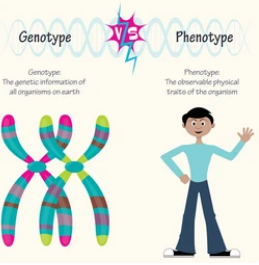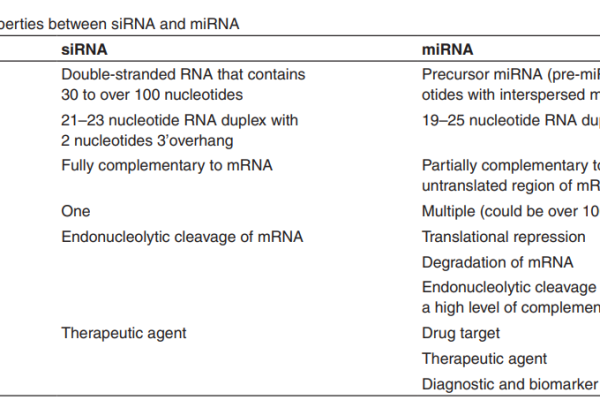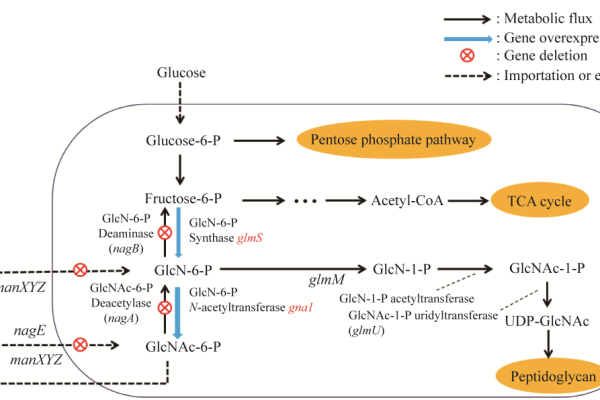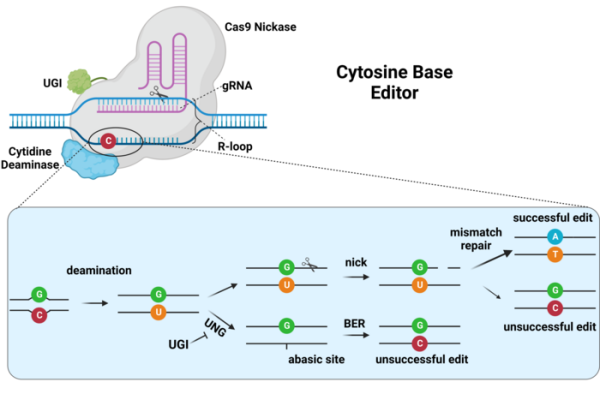
CRISPR gene editing enters the 2.0 era
Overview In November of this year, the Medicines and Health Products Regulatory Authority (MHRA) in the UK approved a CRISPR/Cas9 gene editing therapy for sickle cell disease, which caused quite a sensation at the time. It should be noted that this was the world’s first approved CRISPR therapy. Although CRISPR technology has been highly sought…






